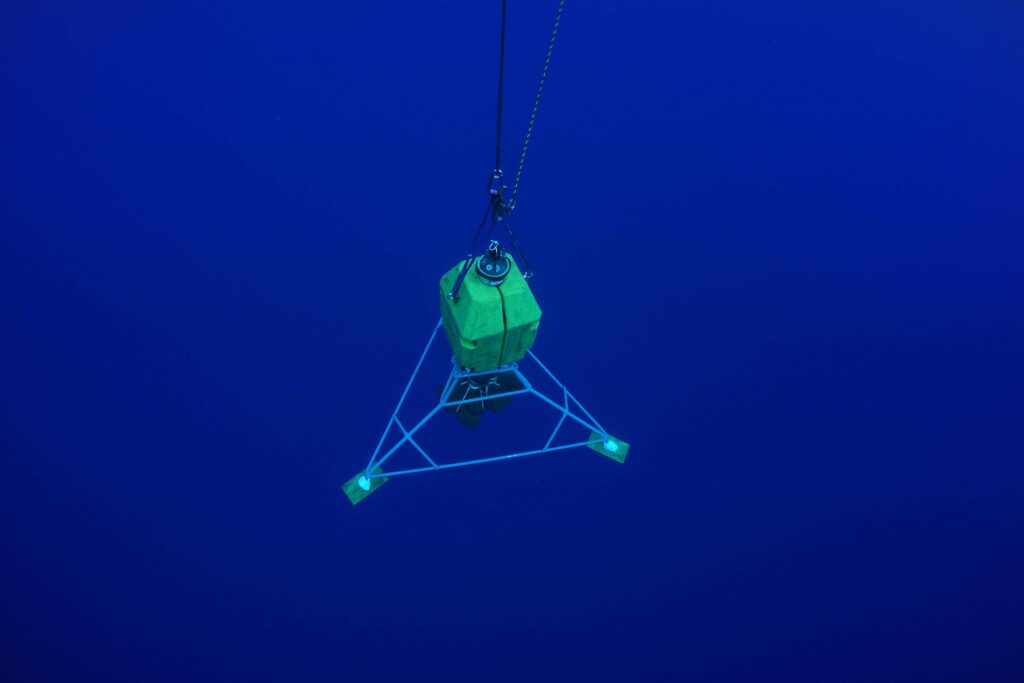Technology to enable future amphibious operations
Technology to enable future amphibious operations
Doctrinally, the concept of amphibious operations has followed a deliberate linear approach from planning to termination with the landing force only entering the area of operations once rehearsal and re-embarkation have been completed to suit the requirements of the planned mission. As an example, the Royal Navy plans to deploy two Littoral Strike Groups (LSG) on a permanent basis, to extend the UK’s presence, insight, and influence globally. The most likely operating areas are the Indo-Pacific and North Atlantic Oceans. The forces are far more likely to be operating in the eventual amphibious operating area before an operation is conducted. In our view, the familiar acronym PERMSAT (Planning, Embarkation, Rehearsal, Maneuver, Shaping, Action, Termination) will be compressed to chronologically and geographically to three broad activities: persistent presence and posture; concentration of amphibious force, action and termination. But they will overlap and compete for resources and space. So how could the LSG maintain its situational awareness (and a degree of presence) while it must depart a littoral zone to reorganize and rehearse?
Advance force and pre-landing operations are predominantly covert in nature and sequenced as close or coordinated with the assault to minimize the resource and logistic burden and maintain the advantage of surprise.
Operational choices
Vessels operating on the surface are vulnerable and can disclose favored channels or operating areas. Crewed Mine Countermeasures Vessels (MCMVs) require additional tailored defensive support if operating within enemy engagement range. Even uncrewed surface assets can be targeted by coastal defense missile and artillery systems which must be neutralized before assets are committed close to land. As swarm attacks by surface and air drones become more accurate and lethal, it is conceivable that surface assets will only be used once the landing force has committed to its area of operations and even then, at increased risk of destruction by enemy action.
So how does a pre-deployed LSG prepare itself for an assault when it is already in or close to its operating area? If stores and vehicles need to be reorganized from efficient and safe storage to assault order, the amphibious force will need to leave the littoral zone at the very time that it is looking to increase situational awareness. Meanwhile any advance force, pre-landing or MCM activity must operate without the need for additional defensive capabilities and without advertising the amphibious operating area geometry. The use of surface assets for low-risk deception only is a soft option that negates the need for adequate organic protection capability within the LSG design. The deduction is simple, mitigate for a denied or contested surface environment by augmenting sub-surface capabilities: the underwater domain is more covert and, for the time being at least, more survivable.
Technical options
Uncrewed, autonomous systems could be left behind to continue intelligence, surveillance, and reconnaissance (ISR) and MCM “tasking, and potentially as the senor-decider-effector chain is established they could contribute to area denial, pending the return of the amphibious force.
These assets could be mobile – either crawling or swimming before settling again to conserve power, to keep pace with the changing requirements of the littoral strike group and frustrate counter measures by the enemy. As the LSG achieves its objective and moves closer to sustain itself for as long as required, these assets could provide the seaward sensor/defensive screen or move with the task group to maintain a positioning network independent from GPS.
The sense-decide-effect system of system of systems will rely on a robust secure underwater communication network. In our vision exploiting the technology carried by each of the previously mentioned self-propelled nodes and vehicles.
Proven Capabilities
Our technology partners have over 50 years’ experience in the offshore energy sectors. Integration and testing in the amphibious context is the next step. Integration of acoustic array technology could maintain the force’s level of situational awareness. This technology is well understood and used extensively in the energy sector. Pre-positioned and pre-surveyed transponders can already provide centimeter accurate positioning independent of GNSS input. Sensor agnostic seabed nodes are already available, integration with acoustic, seismic, magnetic sensors is low risk and achievable within a very short time frame. Acoustic and optical communications options can support data transfers at speeds up to 1Gb/s depending on range.

Forcys is ready to help you now. Early engagement is needed to help solve the challenges the future operating space presents. We can use indicative blocks of proven technology to show you how our technology can help.
If you’d like to hear more about our vision of amphibious warfare in the future or think we could deliver some of these capabilities in partnership, contact us for more information.
Justin Hains MBE left the Royal Navy in 2020. Among other professional qualifications, he completed the Advanced Mine Warfare Course and the Amphibious Operations Planning Course during a career as a Mine Warfare Clearance Diving Officer and Principal Warfare Officer (Underwater).
More from The Watch
Indo Pacific 2025
The region’s premier commercial maritime and naval defense exposition, connecting Australian and international defense, industry, government, academia and technology leaders, in the national interest.

Share On